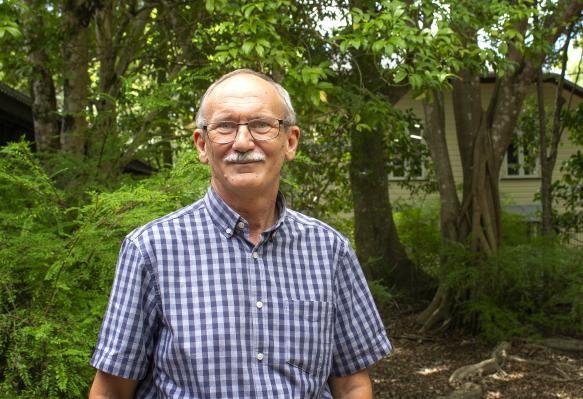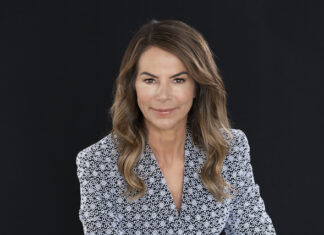Horticulturist and birder Steve Popple grew up in the Blue Mountains in a world surrounded by the bush and birds.
As an adult living on the Sunshine Coast he’s created a diverse landscape at his home to maximise the number and species of bird that visit and at last Friday’s first Environment Forum for 2021 at Noosa Parks Association Environment Centre he told a full house of guests how they could do the same.
South East Queensland is one of the most biodiverse regions in Australia and being on the migration route means there are a wide variety of birds that can be attracted to backyards seeking food, water and nesting sites, Steve said.
With the continuing loss of habitat to housing and new estates it is becoming increasing important to ensure backyards provide the resources to sustain our bird populations. While some birds have adapted well to urban lifestyles others are in decline such as the kookaburra with supplies of large hollow trees for nesting in short supply.
Steve said the one thing most important to get birds into your garden is to provide water, ideally in a shallow dish, cleaned and changed daily and with a stick in it to provide a perch.
An ideal bird garden has a diversity of habitats from open spaces to dense bush. It needs trees, mid-storey bushes and low to the ground shrubs. The most successful gardens are those located amid neighbouring habitat. But gardens of all sizes even apartment patios can attract birds with the right plants and water, he said.
“If you know the birds you want to attract then make your garden to suit,“ Steve said.
A well landscaped garden will also support a community of native wildlife including insects, amphibians, mammals and reptiles.
Steve advised people to visit the Birds in Backyard website for information on the right plants to attract the desired birds in any particular location but there are a few plants Steve has found to be particularly successful.
Grevilleas attract a range of birds and flower throughout the year, he said. Acacia’s Steve regards as “a powerhouse“ as far as birds are concerned as they produce pollen that attracts both birds and insects that the birds feed on. Melaleucas are excellent for attracting birds, including parrots and bottlebrushes are also a popular flowering plant for birds, he said.
Steve said people should consider providing feed trees for birds such as the Glossy Black Cockatoo that is listed as vulnerable and feeds only on Casuarina.
To be successful with plants you have to get the right plant in the right place, Steve said. He suggested people look at surrounding gardens to see what plants are growing well in similar conditions and to always purchase healthy specimens.
While many people may prefer neatly manicured gardens, birds like it messy, and love a dead tree on which to perch, he said.
At the next forum on 26 February Kate Heffernan
from Australian Wildlife Conservancy will
share the conservation strategies used at
Curramore Wildlife Sanctuary near Maleny.
The property is a hotspot for biodiversity
with an array of vegetation types including
rainforest, tall eucalypt and grassy open forests.
To register go to www.noosaparks.
org.au for the registration link for each
forum.
The forums run from 10.30am-12noon
at Noosa Parks Association Environment
Centre, 5 Wallace Drive, Noosaville. Entry is
$5. Interpretive birding starts at
8.30am in the carpark.







